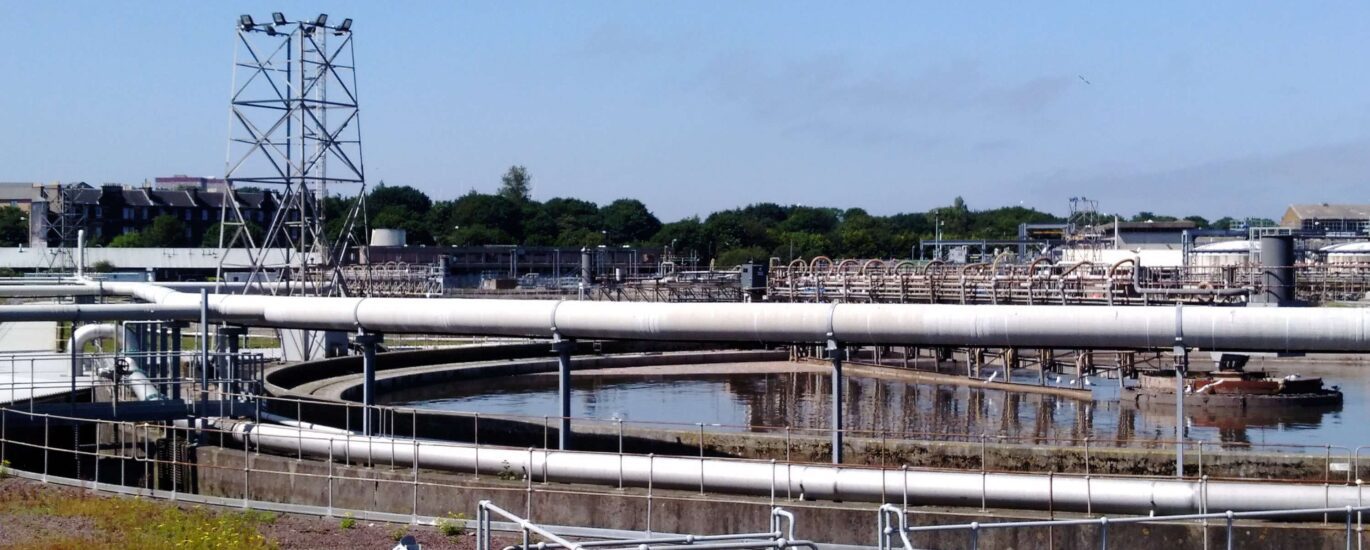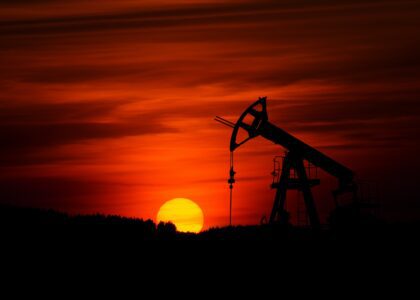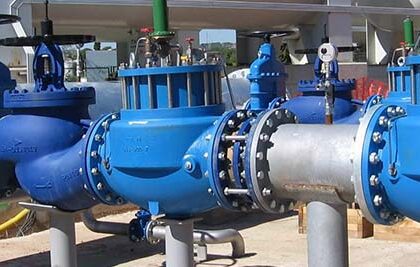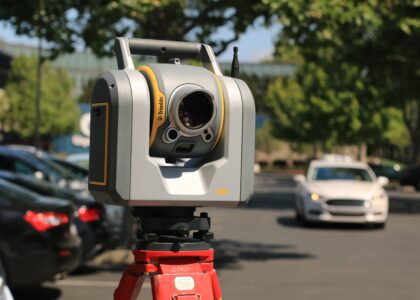Energy efficiency, in simple terms, means using the least possible amount of energy to perform the same task.
The concept of energy efficiency is rooted in the realization that the energy that can currently be generated is finite, and as such, it ought to be adequately optimized for each application it serves. Energy generation is a capital project requiring investment, and on this basis, if work is directed at energy efficiency, then savings could be made to support other aspects of development. On the other hand, due to the growing concern about rising global temperatures as a result of the proliferation of greenhouse gases in the atmosphere, there is already an alarm over the use of fossil fuels. Implicitly, the alarm on inefficient use of fossil fuels largely on account of overly large generators ought to be sounded even louder.
The concept of energy efficiency spans all sectors that use energy as input in any form of application, from the simplest, such as lighting, to the most complex, e.g., running heavy-duty machinery in industrial processes.
In water supply and sewerage systems, energy is needed across the entire chain, from lighting and enabling system automation to running energy-consuming equipment and appliances, notably motors. The most common type of energy currently used in water and wastewater systems is renewable, predominantly hydroelectric, followed by solar and wind. On the other hand, the non-renewable types of diesel and gasoline used directly or indirectly via generators are also still in use.
It should be noted that solar and wind energy are location-specific. As such, while they offer the benefit of extremely low ongoing operation costs, their use is limited by nature. For solar, the useful solar intensity increases from morning peaking in the afternoons, and this availability varies differently across different parts of the world, with some places enjoying longer periods than others. Whereas solar can be harnessed and stored for later use when the sun sets, the current technology capable of enabling this is expensive, making it infeasible for medium- to large-scale systems. On the other hand, wind speeds, the physical property of wind that is harnessed to generate energy, also offer spatial variability. Only a few places on earth have adequate average prevailing speeds capable of powering wind turbines to generate enough energy for use in water supply systems.
So far, we have appreciated the reasons why ensuring energy efficiency is not only important but also critical, as well as the different types of energy in use in water and wastewater systems. However, water supply systems differ in that none are completely alike and, as such, require the same energy input. Some systems don’t need any energy input at all.
So then, when is energy introduced in the life span of a water supply and wastewater system, and does it offer insight into the concept of energy efficiency?
Generally, energy input in a water supply and wastewater system begins when it is noticed, through feasibility studies, that it will be required along the process chain of water abstraction, treatment, transmission to storage, and from storage to the end use point(s).
At the highest scale, energy is needed during the abstraction of water from the source, during its treatment and subsequent pumping to the storage tanks, as well as within the distribution system via energy booster stations. This is normally for large systems drawing their water from surface water bodies of rivers, lakes, and oceans, and on the paleo groundwater unique case. Progressively, in a downward manner, energy requirements reduce from medium- to small-scale systems to what can be termed microsystems—self-supplied individual domestic systems.
Surprisingly, a unique water supply system variant, one that needs extremely low (only chlorine dispensation) energy input requirements, exists. These are the systems based on springs originating in hilly areas, for which their water demand entirely lies downstream at elevations substantially below the source point and can therefore all be served without the need for any energy input. As can be seen, these systems can only be found in a few specific locations.
On the other hand, in wastewater treatment management, energy is sometimes required for boosting during sewerage collection and transportation to the wastewater treatment plants, where again, depending on the nature of the plant, energy is or is not used.
Following the identification of the need for energy during the feasibility study phase, a study aimed at the design and subsequent selection of the particular appliance, e.g., pump-motor set, is undertaken. Now, every pump, for instance, has what is termed its Best Efficiency Point (BEP), defined as the flow rate at which the pump operates with the lowest energy intensity. As such, a pump operating at a flow rate lower than the BEP wastes a lot of energy. A similar argument can be made for the other appliances: each has a variant or combination thereof that practically ensures delivery of the intended purpose at the lowest energy intensity. To this end, the most energy-saving bulb exists. The optimal size of the generator, one that uses the least quantity of fuel to execute the function, exists. Etc.
This same analogy can be made for solar and wind energy-dependent systems; the solar panels and wind turbines ought to be optimally sized.
Subsequently, following a robust design and appliance selection phase, the implementation ought not to alter what was arrived at meticulously during the preceding stage of design.
It, therefore, follows that energy inefficiency is introduced in water and wastewater systems if this design process is mismanaged, mainly by way of oversizing and/or poor selection of the energy-consuming appliances in use.
What we have discussed above is the direct introduction of energy inefficiency. However, there exists a disparate one in which energy inefficiency is introduced in water and wastewater systems. This has to do with mismanagement of water losses. Yes, this seems hard to fathom. So, let us briefly discuss it below before returning to where things can be messed up during the design phase of water supply and wastewater systems.
So far, it has been demonstrated that some water supply systems require the necessary use of energy to treat and transport water, while others, based on springs originating in hilly areas, may not. For the former types, which are predominant, it naturally follows that energy, in combination with other factors such as human resources costs, chemical costs, etc., forms a part of the unit cost of production of each cubic meter. As such, every cubic meter of water produced ought to reach the end user and be accounted for. Only this way can the energy portion of its unit cost be recovered.
But, dear reader, not all the water produced at the treatment plant reaches the end user. Some of it is lost mid-way or actually at the customer’s premises. This occurs in all water supply systems around the world. Only variations occur; those serious and up to the task manage their water losses to what is termed economically feasible, while for those not serious and up to the task, high, albeit unacceptable, water losses persist.
Water is lost through leakages and bursts, metering inaccuracies, or theft (illegal water use). Otherwise, it is also lost during water tank cleaning and flushing exercises, or when, during resolution of problematic constraints to water movement in pipes, the flushing out of air via strategically located air valves is called upon, or when water is used for firefighting, in which case it is relied on as a public good, free of charge. These latter categories are jointly termed unbilled acceptable water losses, as can be noticed, owing to the inevitable public goodness of loss associated with them. On account of their use being mainly routine or spontaneous, in the long run, they do not constitute a large percentage of the loss. It is the former categories that normally result in substantial losses, and because they are completely undesirable, they have to be managed to the economically feasible lower limits.
Water loss through leakages and bursts is mainly exacerbated by the prevalence of high pressures, i.e., beyond the management of the used pipe pressure rating and the combination of pressure management through the use of automatic pressure-reducing valves or break-pressure tanks and other considerations; pipes, on account of the concept, are designed to withstand a certain maximum theoretical pressure. We thus have pressure nominal (PN) 6 (up to 60m head), PN 10 (up to 100m), etc. The occurrence of this form of water loss is significantly exacerbated by aging pipeline infrastructure and inadequate system management practices. On the other hand, loss of water through meter registration, when all the water passing through a customer’s meter is not recorded, is mainly due to poor selection of the right class of meter and incorrect sizing, among other factors. Meters are produced in four classes: A, B, C, and D, and this classification denotes incremental accuracy.
It should be remembered that correct pipe, meter, and other component sizing and selection are essentially products of the water supply system design process. So again, if not properly undertaken, this, like in the case of the design and selection of energy-consuming appliances, also introduces energy losses at the birth stage of the project.
So, dear reader, was/is the water supply system optimally designed for these considerations?
Progressively into the operational phase of a water supply system, prudent management, which must ensure energy efficiency, is naturally implied. Energy-consuming appliances, as do indeed all other water supply system components such as water meters, fittings, and pipes, by their nature require prudent ongoing management and care, short of which they deteriorate in functionality, inevitably bringing with them energy losses. Noting that if delayed energy loss compounds, promptness and good-quality repairs and/or replacements or management through secondary processes of any identified energy loss avenue become key.
On the other hand, water supply utilities must strive to work toward water theft, another point through which energy leaks. This type of loss is largely occurring in developing countries.
It should be noted that most water utilities are unfortunately not well regulated in working toward ensuring energy efficiency. While most countries now have their water supply design manuals in place, these usually do not offer adequate guidance on design that ensures energy efficiency. To worsen this situation, most countries have no regulatory framework or structure offering and enforcing guidance on daily work toward energy efficiency. Where it exists, it is utterly weak, needing objective rethinking and review.
The above-highlighted gap makes water utilities reluctant to change practices and hesitant to implement new energy management strategies. Subsequently, and unfortunately, the economic loss due to energy losses is usually transferred to consumers via water bills. It is very common for executives managing these utilities to justify high tariffs on the backdrop of energy costs, including, unfortunately, that which, albeit falling in the category of what can be managed, isn’t.
Fortunately for water supply systems, corrective and proactive strategies exist that can be implemented to ensure the containment of energy in its best possible position.
Firstly, any wrong decision made at the design stage can be reversed. Such wrong decisions can only be identified by undertaking a comprehensive energy audit aimed at establishing all the existing design gaps and, through system redesign, proposing the best remedial actions that enhance energy efficiency. These could be upgraded to more efficient and appropriately sized equipment and appliances.
The other corrective measures include the following:
a) Re-winding of motors and installation of variable-speed drives
b) Installing soft starters for motors
c) Installation of capacitor banks
d) For those systems not requiring entire-day operations, optimize the off-peak periods to abstract, treat, and pump to the distribution end of the system, among other aspects.
As far as regulation in this area is concerned, there is still a huge gap. As such, individual countries need to work towards efficient regulatory mechanisms.
Besides the above-elaborated aspects of energy input and losses, water supply and wastewater systems have an immense, albeit largely underexploited, opportunity to work toward energy equilibrium or better through wastewater treatment aimed at resource (energy and water) recovery.
I trust that you know that “wastewater” is no longer considered a ‘waste’ but rather a resource. This is because the energy and water components of it can, through advanced treatment, be recovered, while the remainder of the sludge (also produced at portable water treatment plants from sludge treatment) can be converted through conditioning into fertilizer. Never mind that it has always been a resource anyway since even before advanced treatment led to energy recovery as well, it contributed to environmental flows.
These recovered resources from “wastewater” water all have economic value. Energy and fertilizer are sold directly, while recycled water is also sold, ensuring a closed system in which newer abstraction is not intense.
In light of the above-mentioned benefits and the additional ones implied by ensuring environmental sustainability and climate resilience, one would expect the adoption of “wastewater” treatment for resource recovery to be prevalent. Unfortunately, this is not the case.
To date, this has yet to gain full momentum, especially in developing countries. Few to no such “wastewater” treatment facilities exist. Unsurprisingly, as with the forgoing discussion of mismanagement of energy efficiency, the few established such facilities are poorly managed.
Whereas immense opportunities exist for working toward energy-efficient water supply and “wastewater” systems, they need to be rejuvenated by a well-structured regulatory framework.
We believe water sustainability will not happen by chance. It requires focused critical thinking and working toward it as input.











